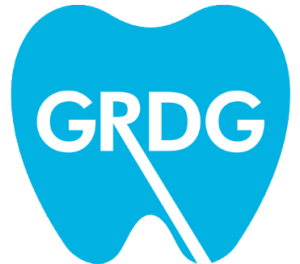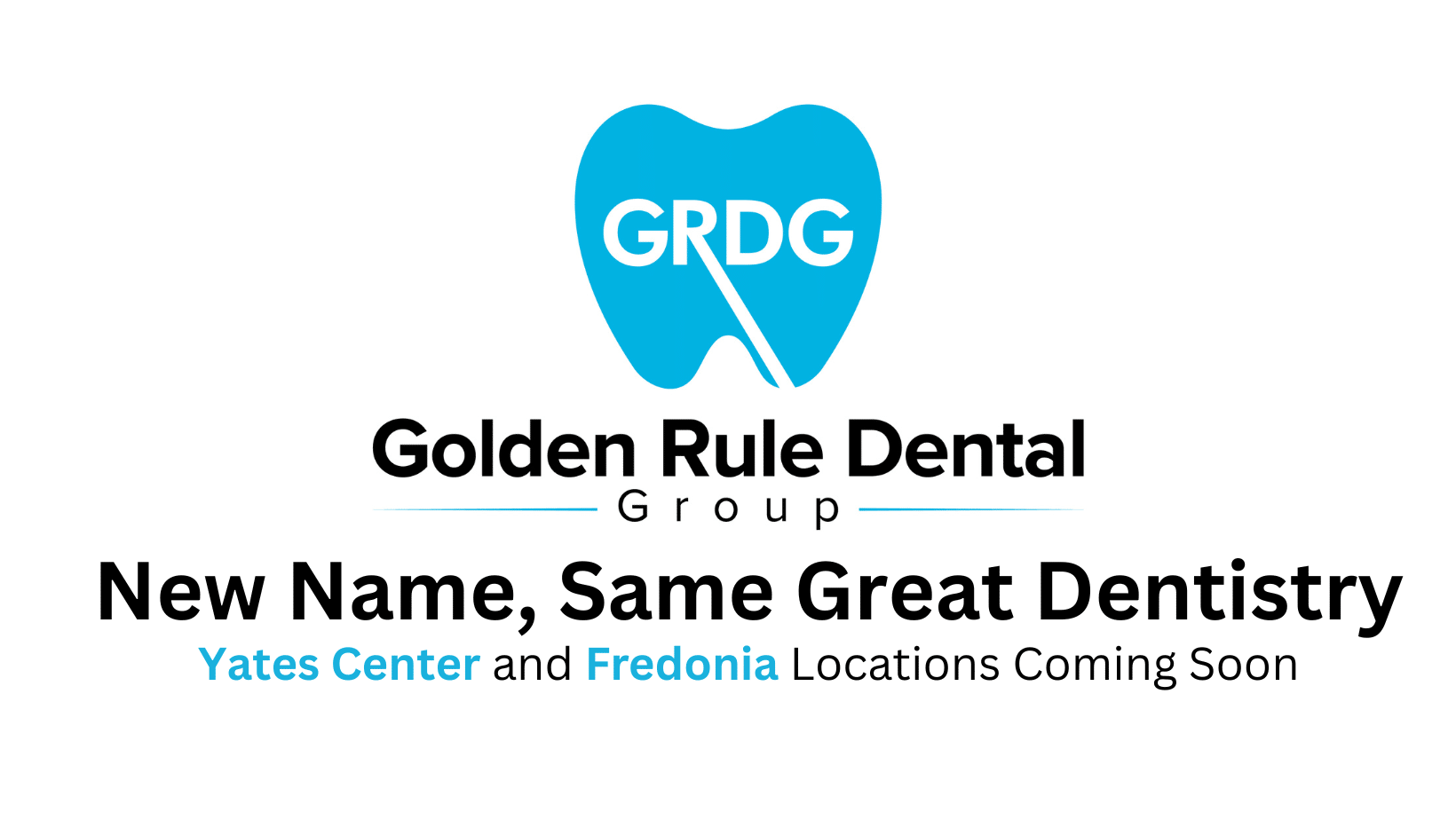Dental Insurance: A Love Story
Dental Insurance: A Love Story
If you know me or have been a patient of mine, you might have heard me go off on a tangent about the shortfalls of dental insurance. While certainly, they tend to jack up my blood pressure, a part of me is very thankful for these policies. If they only had better “customer service”, maybe I wouldn’t rant as much as I do.
Here’s the deal. Dental Insurance is not true insurance. It is a BENEFIT. Now copy down those last two sentences on a piece of paper, take it to a mirror, and repeat those lines 10 times. Ok, maybe you don’t have to go that far with it, but I’m trying to get my point across. Dental “insurance” is a benefit program, usually offered by your employer. And it’s your employer that chooses what “insurance” company they go with and what PLAN they want to provide. There are numerous “insurance” companies, and each company has countless numbers of plans. And each plan has different services that are covered, and how much they will cover for those procedures. And a lot of times, the employer is looking to spend as little as possible.
To outline this, here are some sample benefit plans I’ve seen on patients. These are all through the same “insurance” company, but each plan is dramatically different:
*(Any Provider) means no matter if the doctor is in-network or out of network, they will pay the same. These plans are becoming exceedingly rare, unfortunately.
Plan 1: $1500 yearly benefit, no deductible
2 exams a year covered at 100% (Any Provider)
2 prophylaxis (ie basic) cleanings a year covered at 100% (Any provider)
Fillings (both White and Silver) covered 100% (Any provider)
Root Canals covered at 80% (Any Provider)
Extraction covered at 80% (Any Provider)
Crowns, Bridges, and Dentures covered at 50% (Any Provider)
AND a $1500 orthodontic benefit given one time to the patient, i.e. NOT renewed yearly
Overall, Plan 1 is a very nice plan. It doesn’t limit the patient’s options on what office they go to. The office gets a reimbursement set at their fee schedule. Everybody wins, except for maybe the “insurance” company. Because the more money that they payout, the less money they get to keep. And it’s because of THAT reason, that these companies have started dwindling down the services covered, and the yearly benefit amount. An example of this is Plan 2.
Plan 2: $1000 yearly benefit, $100 deductible
Fillings (silver or white) covered at 50% a year (any provider)
Root Canals covered at 50% (any provider)
Extractions covered at 50% (any provider)
Crowns, Bridges, and Dentures not covered
No Ortho Benefit
As you see, Plan 2 is a pretty significant cut to the number of services covered, and what percentage they will pay. The only silver lining here is that you can still go to any doctor you want. To save the insurance company even more money, they have negotiated fee schedules for “IN-NETWORK” (or PPO) offices. This means that the “insurance” company has come up with caps on what an in-network dentist can charge for the procedure. So if the dentist’s regular fee for a basic cleaning is $70, the insurance company only allows the dentist to charge $45 dollars for a cleaning. That might sound great, but depending on the dentist’s office and their overhead, a 35% reduction in fee might not be very feasible. And that leads us to Plan 3:
*Note that on the insurance card, instead of PPO it may say “UCR” or “UCF”
Plan 3: $1000 yearly benefit, $0 deductible
2 exams a year covered at 100% of the company’s PPO rate (any provider)
2 Basic cleanings a year covered at 100% of the company’s PPO rate (any provider)
Fillings (silver or white) covered at 80% of the company’s PPO rate (any provider)
Root canals covered at 80% of the company’s PPO rate (any provider)
Crown and Bridge covered at 50% of the company’s PPO rate (any provider)
*****NOW HERE IS WHERE A LOT OF PEOPLE GET CONFUSED******
The good thing about this plan is that you can go to any provider you want. However, how much you will pay out of pocket can be different between whether or not you go to an in-network office. So let’s break this down further:
The company’s PPO rate for a new patient exam ($40), basic cleaning ($45), Full-mouth X-rays ($99), and Topical fluoride treatment ($15) comes out to a total of $199. So if you go to an in-network dentist, you won’t have to pay anything on this plan.
HOWEVER, if you go to a dentist who accepts that insurance and will file it for you, but is NOT in-network, your out-of-pocket expense might be higher. In the above example, the company will pay 100% of their PPO rate, which comes out to $199. Well if the dentist’s rates are different from the company’s PPO rates, there will be a difference. For example, the dentist’s regular fee for a new patient exam ($70), basic cleaning ($70), Full-mouth X-rays ($130), and Topical fluoride treatment ($28) comes out to a total of $298. So that means you would have an out-of-pocket amount of $99.
I know what you are probably thinking. Why in the world would I go to an out-of-network office when I can go to an in-network doc for free? Well, this is a very personal question and one that I can’t give a definite answer for, but here are some examples. First off is if it is a dentist you actually like. Let’s face it; most people aren’t super stoked about going to the dentist. But if you find one that you like, has a good chairside manner, and you find personable, it might be worth spending a little extra to be seen by someone you trust and feel comfortable with.
Another reason is the quality of technologies and materials. High-quality materials and technologies (i.e. digital x-rays, great filling materials, using good labs for crowns, etc) cost money. Some offices can still offer these at low prices, and some can’t. This can depend on what area in the country you are in. It can depend on whether they buy new and used equipment. And it can depend on when the doctor graduated. New dental graduates are leaving school with $300K+ in professional student loans at around 8% interest. This person’s situation is a lot different from what a doctor who graduated 30 years ago and has been student loan-free for decades. As you can see, there are a lot of variables that come into play here.
Lastly, another reason one might prefer paying more out of pocket is convenience or less need to travel. People will spend $40 dollars in gas, take extra time off of work (and if you don’t get paid time off, this really racks up the expense) to drive to an in-network dentist to save $20 on their lab bill. This is more prevalent in rural areas than metropolitan areas.
And be forewarned, dental “insurance” companies are starting to tighten the belt even more with plans that ONLY payout if you go to an in-network provider. Fortunately, these aren’t too common… YET.
Another interesting fact about dental insurance is that when it started back in the 1970s, the yearly benefit was about $1000. And guess what! Nearly 40 years later, that still hasn’t changed. Back in the day, you could get A LOT of stuff done for $1000! Now, dental “insurance” is known as the “Tooth of the Year” club. If a tooth breaks or has a very bad cavity, it may need a root canal, build-up, and a crown. The total fee for that is going to be around $1500 or more. Well, I guess you’re maxed out for this year. That $1000 benefit in 1974, adjusted for inflation, should be $4592 today.
But that’s not my biggest beef with dental “insurance”. What boils my blood the most is when someone has a benefit, a doctor has rendered a treatment that is clinically acceptable and is covered on that patient’s benefit, and yet the “insurance” company STILL denies payment. That to me is unacceptable. The “insurance” company is not a doctor, they are not there with the patient doing the work, they do not have the clinical knowledge and training to make treatment decisions, so what gives them the right to deny payment for services rendered? Because they are covered by politicians by anti-trust laws, return more money to their investors by denying coverage and claims, and really aren’t held to the standards of customer service to you or I. Your employer bought this benefit, you didn’t. So for them to take notice, it takes the employer raising a fuss to the insurance company, which isn’t realistic in many cases.
Now, I don’t want this article to come across as a hate letter about dental “insurance”. I actually think these benefits can be a great service for people. And if you have dental BENEFITS, by all means, use them. But beware, they like to play games. Also, they don’t want to pay. And sometimes they will blatantly lie to the patient, doctor, or both. I’ve heard many recorded conversations with dental “insurance” reps lie or falsify information about a patient’s coverage. It’s no wonder why many dentists shy away from these plans like the plague. At the end of the day, it behooves you to do your homework about YOUR benefits. It is impossible for any dental office to know the ins and outs of every plan there is out there. The more knowledgeable you are, the more leverage and control you have over your dental health.
P.S. There are a couple of great blog posts by Dr. Alan Mead (one of my favorite dental bloggers) pertaining to dental “Insurance” that I highly recommend checking out:
LIKE A GIFT CARD FROM A CONTROL FREAK
http://meadfamilydental.com/2011/12/like-a-gift-card-from-a-control-freak/
PERVERSE INCENTIVES AND DENTAL INSURANCE
http://meadfamilydental.com/2012/05/perverse-incentives-and-dental-insurance/


